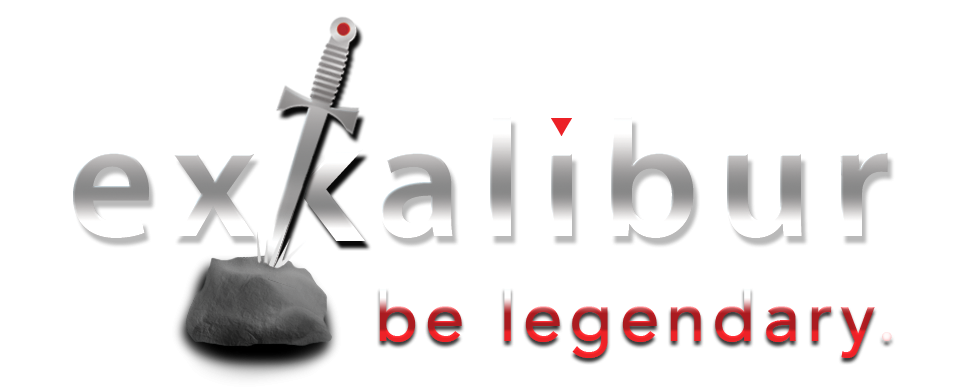The North Bay Business Journal, a publication of the New York Times, is a weekly business newspaper which covers the North Bay area of San Francisco – from the Golden Gate bridge north, including the Wine Country of Sonoma and Napa counties.
**********************************************************************************
Article published – February 9, 2009
BUILDING A BUSINESS: Diving into the daily details can tell you a lot
Simply signing the payables, ‘walking around’ can reveal savings, innovations
“Never neglect details. When everyone’s mind is dulled or distracted the leader must be doubly vigilant.” – Colin Powell
It’s a phrase we’ve all heard ad nauseum, but yes, the devil’s still in the details. How does a business leader retain perspective on the more strategic elements of his company while capturing and controlling sufficient details to calibrate and validate the execution of that strategy?
Here are a few proven methods to uncover and gain insight into some of these intricate details.
Sign all the checks.
There’s probably no better way to get a quick grasp of the myriad details flowing through a company than to sign all checks. I don’t mean a ritual or perfunctory signature. I mean a thorough demand for and review of all of the documentation to support a payment – purchase order, delivery receipt, supply requisition – anything and everything that is written to support that purchase.
While this may be a tedious practice – and for larger companies, you may want a minimum check size before you see the check – it will reveal untold intricacies about the currents that flow through your business.
Using this practice, one CEO recently discovered that the company had nine dedicated fax lines, a common practice maybe 10 years ago when faxes were ubiquitous. Today? He eliminated all but one, saving over $5,000 per year with that simple discovery.
Another CEO was surprised to learn that uniform expenses were increasing while employment was declining. Upon investigation, he found a well-intentioned but casual approach to uniform requirements. Repairs were never made; those that were damaged were just thrown away. The company’s commitment to cleanliness also led to an early discard of uniforms that simple repairs and spot cleaning could fix. Clarifying the policy and encouraging the same attentiveness to the uniform that employees pay to their own clothing achieved an annual savings of more than $15,000.
MBWA.
This old business adage, Management by Walking Around, still works. It means getting out of your office regularly to just walk around. It’s not a deliberate dash to a colleague’s office or saying hello to someone on your way to lunch. It means a deliberate “walkabout,” with no particular agenda, to talk with employees about whatever is on your mind – or theirs. Is the warehouse running smoothly or is there a lot of duplicate work and unnecessary movement?
Are people accomplishing productive work or are they consumed with busy work? Does paperwork flow accurately and reach its intended destination on time? Are the policies, procedures and workflows part of a coherent plan or are they old systems owned by no one without regard to their effectiveness?
Everyone knows something you don’t.
While we may have toiled in the trenches for many years before arriving at a leadership position, things change. Unless you’re spending 40+ hours/week performing certain tasks, it’s unlikely you know more than those who do. Even if they don’t understand the bigger picture that drives their job, they discover issues every day that affects productivity and effectiveness. If you make a point to engage your employees in a penalty-free conversation where they’re encouraged to speak freely about what they know, you’ll be amazed at the subtle insights and workflow improvements that you’ll discover.
These three steps alone will uncover unsuspected flaws in your processes and policies and will identify both quick fixes as well as procedural changes that will reverberate throughout the organization. We all hate to be on either side of layoffs, and uncovering some of these potholes may help you create greater productivity and profits and allow you to delay or avoid painful layoffs.
•••
Lary Kirchenbauer is the president of Exkalibur Advisors Inc., providing practical business strategies for family and other privately owned businesses in the middle market. He works closely with senior executives and their businesses to accelerate their growth and improve personal and professional performance and hosts the Exkalibur Leadership Forum for middle-market companies in the North Bay. Please visit the Sword Tips blog where he regularly adds items that capture great ideas from companies throughout the country that may provide further help and insight to the challenges that are upon us.


